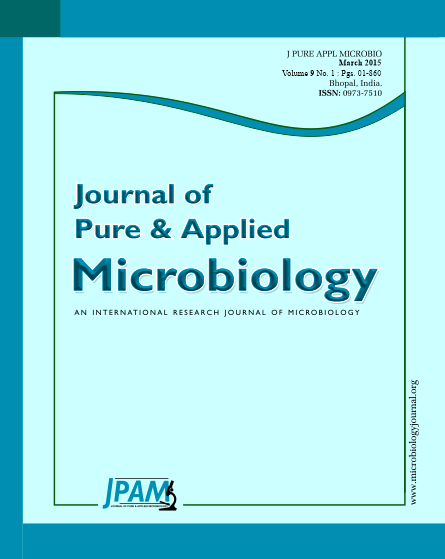The present investigation was undertaken to study the incidence and enterotoxigenic profile of Bacillus cereus in human stool samples. A total of 311 stool samples of apparently healthy human were collected and screened for the presence of B. cereus. Recovered B. cereus isolates were confirmed by PCR for gyrB gene and further evaluated for enterotoxin genes. Organism was isolated from 23 samples making the percent incidence of 7.4%. Screening of isolates by multiplex polymerase chain reaction revealed the overall distribution of various enterotoxin genes hblDAC complex, nheABC complex, cytK and entFM as 39.1, 95.6, 69.5 and 100%, respectively. Incidence rate (7.4%) was found low in population but majority of isolates harboring all the enterotoxin genes. B. cereus isolates of human stool origin were found to be strongly hemolytic and showed the presence of at least two enterotoxigenic genes. B. cereus is a very common food borne pathogen but a very limited data are available regarding the enterotoxin gene profile of B. cereus strains isolated from human stool. The presence of large number of enterotoxigenic B. cereus strains in stool samples must be considered as a potential health hazard as well as a source of contamination to environment.
Bacillus cereus, Enterotoxin gene, Human stool, Incidence
© The Author(s) 2015. Open Access. This article is distributed under the terms of the Creative Commons Attribution 4.0 International License which permits unrestricted use, sharing, distribution, and reproduction in any medium, provided you give appropriate credit to the original author(s) and the source, provide a link to the Creative Commons license, and indicate if changes were made.


